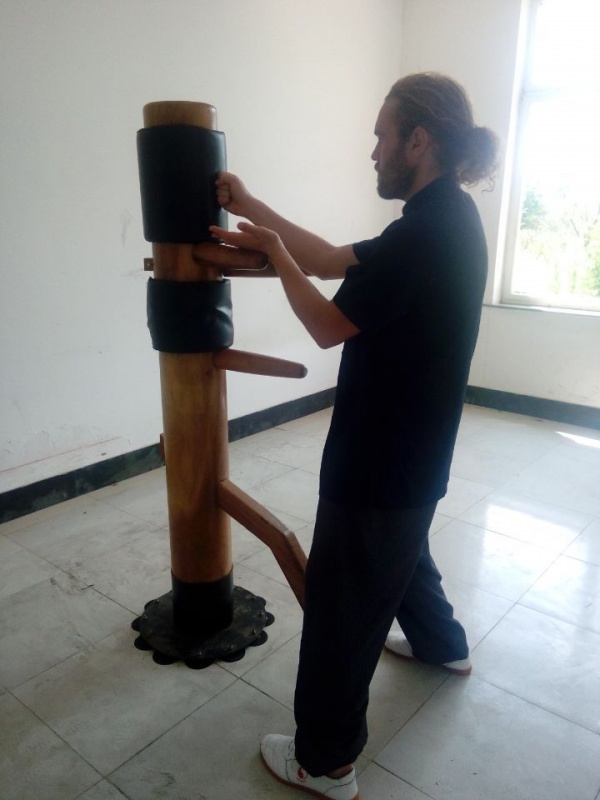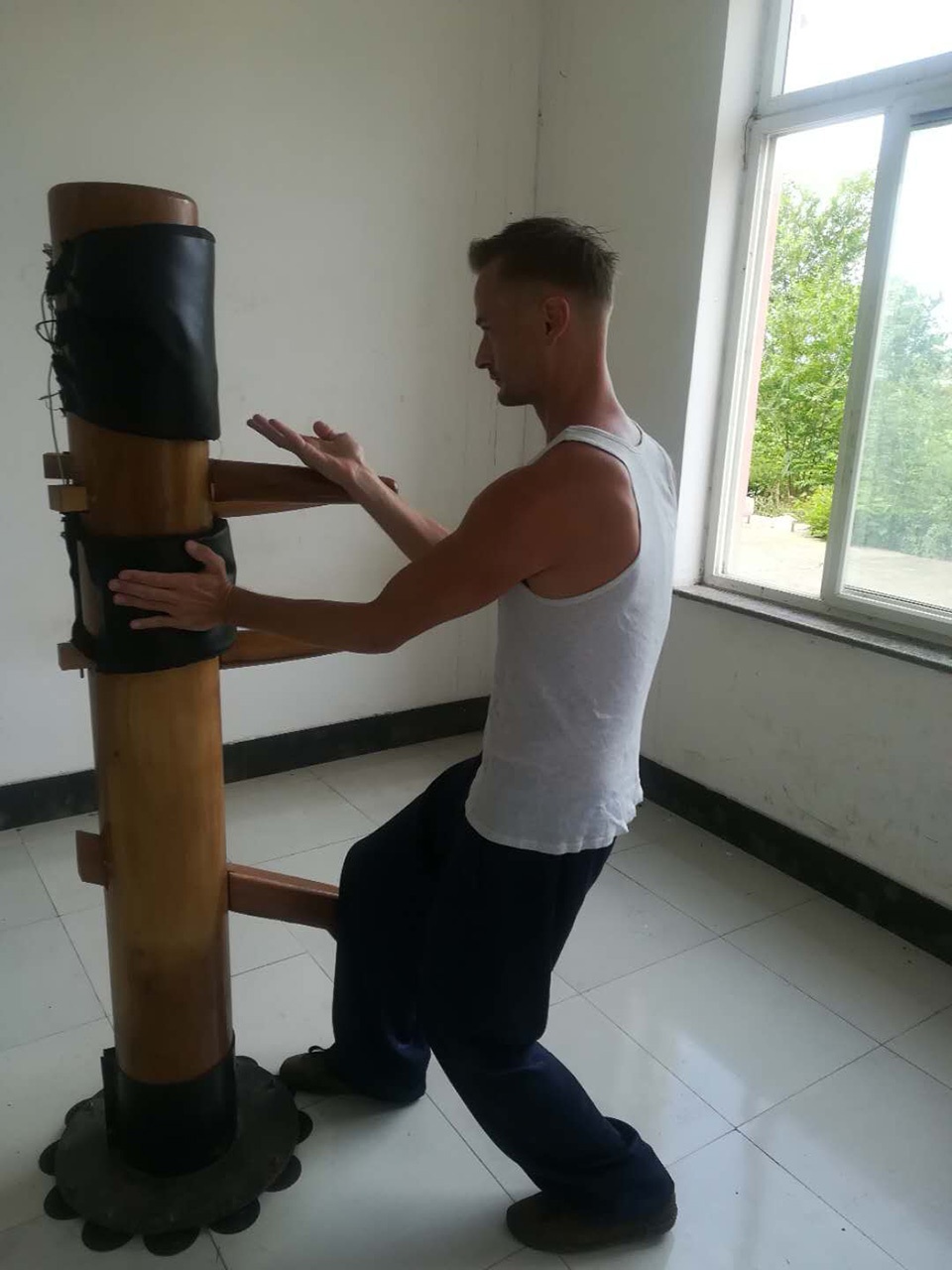Wing chun
Wing chun
 There are many different versions of the history of Wing Chun. The system has developed over several generations to become what it is today. Although there are many stories saying that Wing Chun originated in Fujian province, these are nothing but stories, and there is little in the form of written records. Everybody has their own stories. Version 1: Wing Chun was created in the southern Shaolin Temple of Fujian province by Ng Mui (aka Zhu Hong Mei). Ng Mui was well versed in both Zen Buddhism and martial arts, and eventually developed an art suitable for women: Wing Chun. As far as why she called it Wing Chun, it’s because the Chinese character for Wing is composed of several strokes, and these strokes contain the secret movements central to Wing Chun. Version 2: The Southern Shaolin Temple was heavily involved in anti-Qing activities, and so the Qing government had the temple burned down. Only five monks survived, one of which was the nun Ng Mui. Using her foundation in White Crane style, she created Wing Chun, and named the style after her first student, Yim Wing Chun. Version 3: Yim Wing Chun created the style after watching a snake and a crane fighting. Version 4: Ng Mui created the style, but didn’t teach it directly to Yim Wing Chun, in fact she taught someone called Miao Shun, who taught Yim Wing Chun and her father. Version 5: There was no connection to Ng Mui or Yim Wing Chun, and no snake and crane fight. In this version, the style came from the Henan Shaolin Temple, by a member of the secret Heaven and Earth Society called Yee Chim. He taught a man named Cheung Ng, who went by the nickname Tan Sau Ng for his high skill with the technique Tan Sau. He ended up in Guangdong province Foshan city, where he taught member of the Red Boat Opera troupe, who practiced the art at night, and used their operas to spread anti-Qing propaganda. Version 6: The style was created inside the Southern Shaolin Temple, by abbot Jee Shim. He eventually left the temple after the burning, and ended up at Guangdong, Foshan, where he passed the art onto the Red Boat Opera troupes. From there it eventually passed onto Leung Jan, who made the art famous.
There are many different versions of the history of Wing Chun. The system has developed over several generations to become what it is today. Although there are many stories saying that Wing Chun originated in Fujian province, these are nothing but stories, and there is little in the form of written records. Everybody has their own stories. Version 1: Wing Chun was created in the southern Shaolin Temple of Fujian province by Ng Mui (aka Zhu Hong Mei). Ng Mui was well versed in both Zen Buddhism and martial arts, and eventually developed an art suitable for women: Wing Chun. As far as why she called it Wing Chun, it’s because the Chinese character for Wing is composed of several strokes, and these strokes contain the secret movements central to Wing Chun. Version 2: The Southern Shaolin Temple was heavily involved in anti-Qing activities, and so the Qing government had the temple burned down. Only five monks survived, one of which was the nun Ng Mui. Using her foundation in White Crane style, she created Wing Chun, and named the style after her first student, Yim Wing Chun. Version 3: Yim Wing Chun created the style after watching a snake and a crane fighting. Version 4: Ng Mui created the style, but didn’t teach it directly to Yim Wing Chun, in fact she taught someone called Miao Shun, who taught Yim Wing Chun and her father. Version 5: There was no connection to Ng Mui or Yim Wing Chun, and no snake and crane fight. In this version, the style came from the Henan Shaolin Temple, by a member of the secret Heaven and Earth Society called Yee Chim. He taught a man named Cheung Ng, who went by the nickname Tan Sau Ng for his high skill with the technique Tan Sau. He ended up in Guangdong province Foshan city, where he taught member of the Red Boat Opera troupe, who practiced the art at night, and used their operas to spread anti-Qing propaganda. Version 6: The style was created inside the Southern Shaolin Temple, by abbot Jee Shim. He eventually left the temple after the burning, and ended up at Guangdong, Foshan, where he passed the art onto the Red Boat Opera troupes. From there it eventually passed onto Leung Jan, who made the art famous.
  Shengjing Shan, situated in Weihai, Shandong, China, is well-known as one of the most professional representatives who teaches wingchun kung fu in China. Should you are interested in Chinese Kungfu, our school has many experienced masters at your service. From the origin and feature introduction to basic exercises and professional trainning, you can learn with our masters face to face or through video course.

Shengjing Shan Shaolin Traditional Kung Fu Academy
Are you looking for a Shaolin kung fu school in China that teaches traditional Chinese martial arts and Chinese culture? Our training school atShengjing Mountaincompletes your search.
Copyright ShengJing Shan Traditional Kung Fu School 2018. All Rights Reserved. Manager
